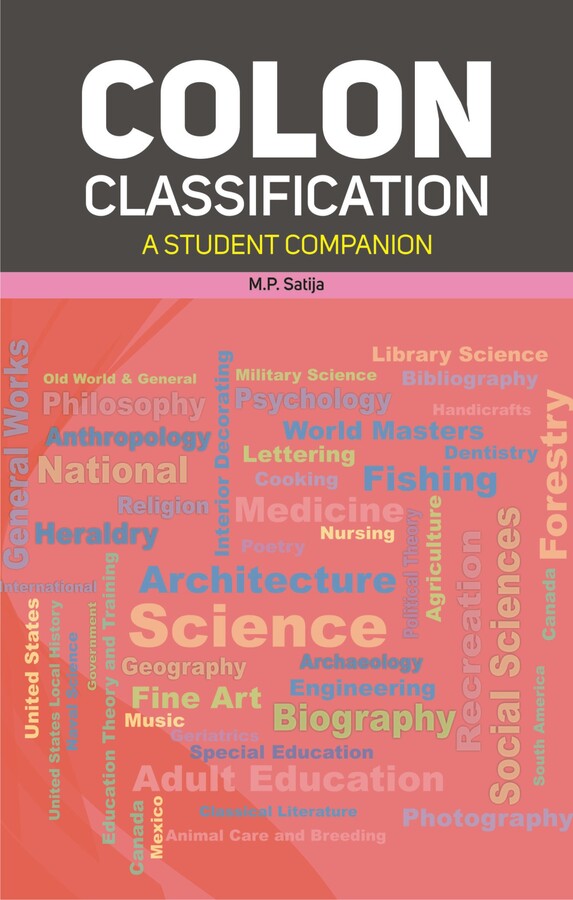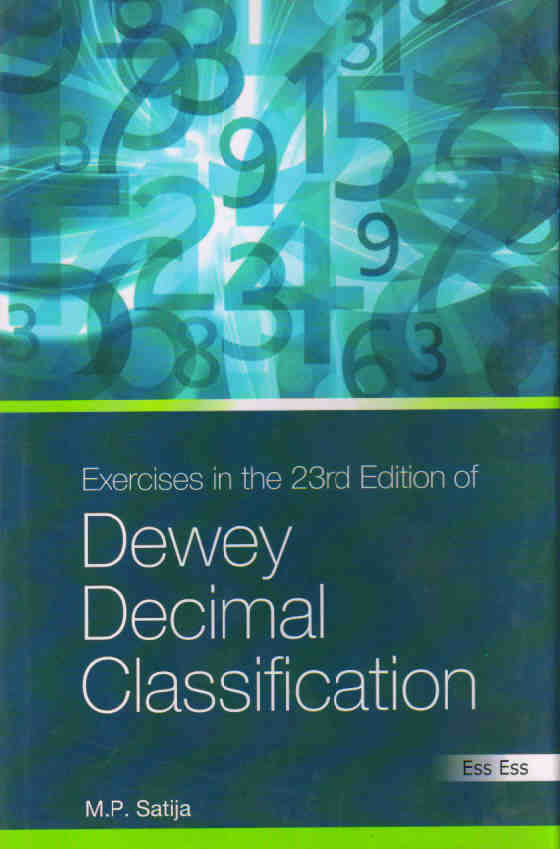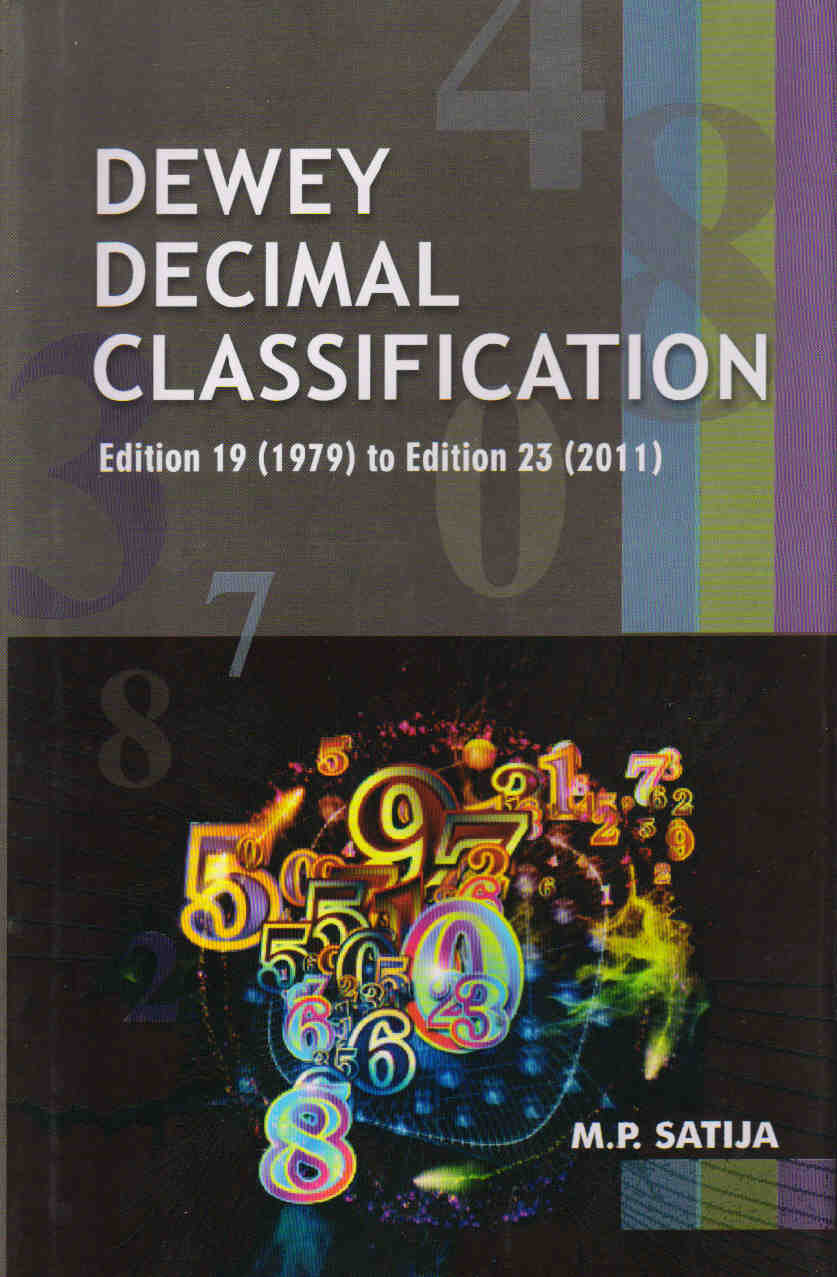This companion is a manual which aims to expound with ample illustrations every big and small rule of the CC-6 (1963). It is a one-stop-place or a single windowto learn all about the applications of the CC. It delves deep into the rules, so is likely to be helpful to the advanced students. Yet, no background knowledge has been assumed on the part of readers: an attempt has been made to make it self-sufficient. Therefore, it is equally helpful for the beginners. Use of technical terms has been kept to the minimum which otherwise have been lucidly explained with illustrations. Illustrations are a major feature of the book. The main purpose of the book is to help the Colon Classification students to fully learn the practice of the CC. It is a student-oriented book.To be thorough, deep, well-illustrated and lucid has been the objective andraison d’etreof writing the book. Teaching of the Colon Classification, sixth edition (CC-6, 1963) in library schools prompts us to keep this book in print by bringing its another edition. Over the last three decades there has been an unprecedented and unchecked expansion of library education in India, especially in distance education sector. This situation calls for a further simplification of the book without compromising on its standards. Accordingly, the text has been simplified and made more explicit here and there. Some new class numbers for current subjects have been added. Endeavour is to keep the book relevant and current despite the chronic handicaps of the geriatric CC-6 system. Emphasis is still to make it a self-sufficient workbook for the beginners as well as the advance
Colon Classification: A Student Companion
Rs. 375
Additional information
| ISBN | 9789392594151 |
|---|---|
| Year of Publication | 2019 |
| Binding | PaperBack |
| Pages | 278 |
| Edition | |
| Language | English |
PART I : THEORETICAL PRINCIPLES
1 The Layout of the Text of Colon Classification
2 The Structure of the System
3 Common Schedules
4 Common Isolates
5 Devices for “Self-Perpetuation”
6 Main Class, Canonical Class and
Amplified Main Class
7 Complex Classes
8 Parallel Schedules
9 Differential Facets
10 Filing Sequence
11 CC Index
PART II : PRACTICAL APPLICATIONS
12 z Generalia
13 2 Library Science
14 B Mathematics
15 C Physics
16 D Engineering
17 E Chemistry
18 F Technology
19 G Biology
20 H Geology
21 HZ Mining
22 I Botany
23 J Agriculture
24 K Zoology
25 KZ Animal Husbandry
26 L Medicine
27 LZ Pharmacognosy
28 M Useful Arts
29 D Spiritual Experience and Mysticism
30 N Fine Arts
31 O Literature
32 P Linguistics
33 Q Religion
34 R Philosophy
35 S Psychology
36 T Education
37 U Geography
38 V History
39 W Political Science
40 X Economics
41 Y Sociology
42 Z Law
43 Book Number and Call Number
Index






